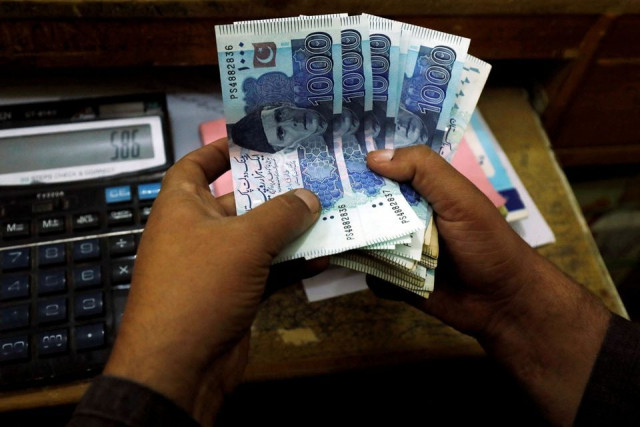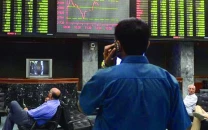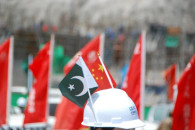Rupee rises to new five-month peak
Currency gains value in backdrop of IMF staff-level agreement

Pakistani currency on Wednesday hit a new five-month high at Rs278.41 against the US dollar in the inter-bank market, maintaining its winning streak for the sixth successive working day in the backdrop of a staff-level agreement with the International Monetary Fund (IMF) that would clear the way for the release of last tranche of $1.1 billion.
According to State Bank of Pakistan’s (SBP) data, the rupee gained 0.07%, or Rs0.22, against the greenback on a day-on-day basis.
With the fresh appreciation, the currency has cumulatively surged 10.30%, or Rs28.69, in the past five and a half months compared to the all-time low of Rs307.10/$ recorded in the first week of September 2023.
Exchange Companies Association of Pakistan (ECAP) reported that the rupee rose Rs0.03 in the open market and closed at Rs281.12/$.
The fresh gains came after Pakistan reached a staff-level agreement with the IMF at the completion of the last review under a $3 billion standby arrangement ending in March-April 2024.
The agreement suggests that the country has met all the pre-requisites under the loan programme and qualified for the last tranche of $1.1 billion. The IMF executive board is likely to give its final approval for the release of the tranche in late April.
Read With fresh gains, rupee at 5-1/2-month high
The inflow of over $1 billion will keep the rupee strong and help improve the country’s foreign exchange reserves, taking them to nearly $9 billion compared to the current level of $7.9 billion.
In addition, the investment of $141 million made by overseas Pakistanis through the Roshan Digital Account (RDA), improvement in foreign direct investment (FDI) that reached $131 million and increase in technology exports; all indicated that US dollars remained well supplied compared to their demand in the banking system.
REER up
Pakistan’s Real Effective Exchange Rate (REER) – the value of Pakistani currency against a basket of currencies of its trading partners – further appreciated to 102.20 on the index in February compared to 101.70 in January.
The increasing REER suggests that the local currency stands at a fair-to-strong level. Further appreciation of the rupee may make imports cheaper and exports expensive.
The central bank, however, said on Monday it did not target REER for guiding the rupee’s direction.
Earlier during 2020 and 2023, the bank apparently maintained REER in the range of 95-96. Many central banks gauge their currency values on the global REER matrix to adjust them accordingly.
Published in The Express Tribune, March 21st, 2024.
Like Business on Facebook, follow @TribuneBiz on Twitter to stay informed and join in the conversation.


















COMMENTS
Comments are moderated and generally will be posted if they are on-topic and not abusive.
For more information, please see our Comments FAQ